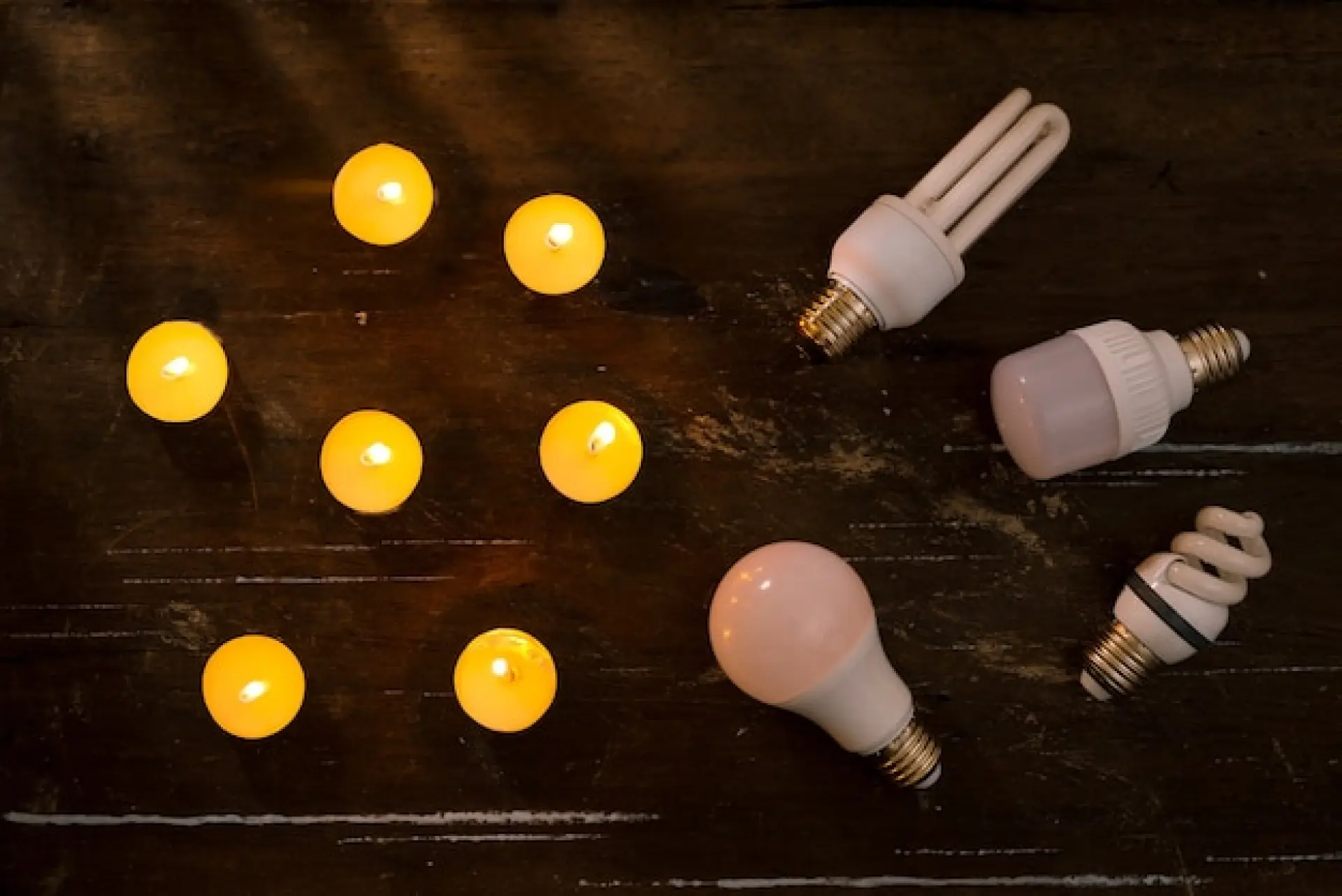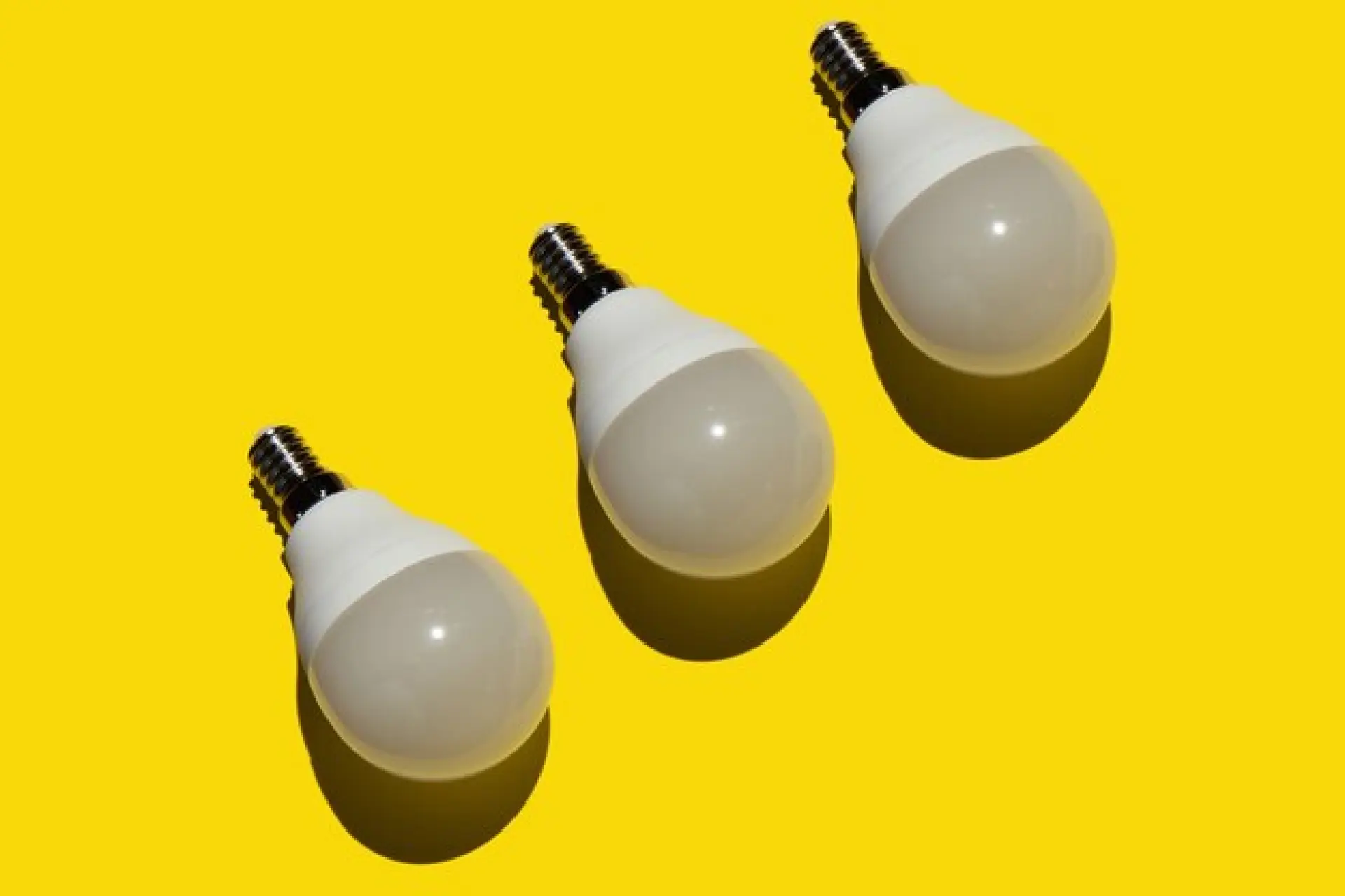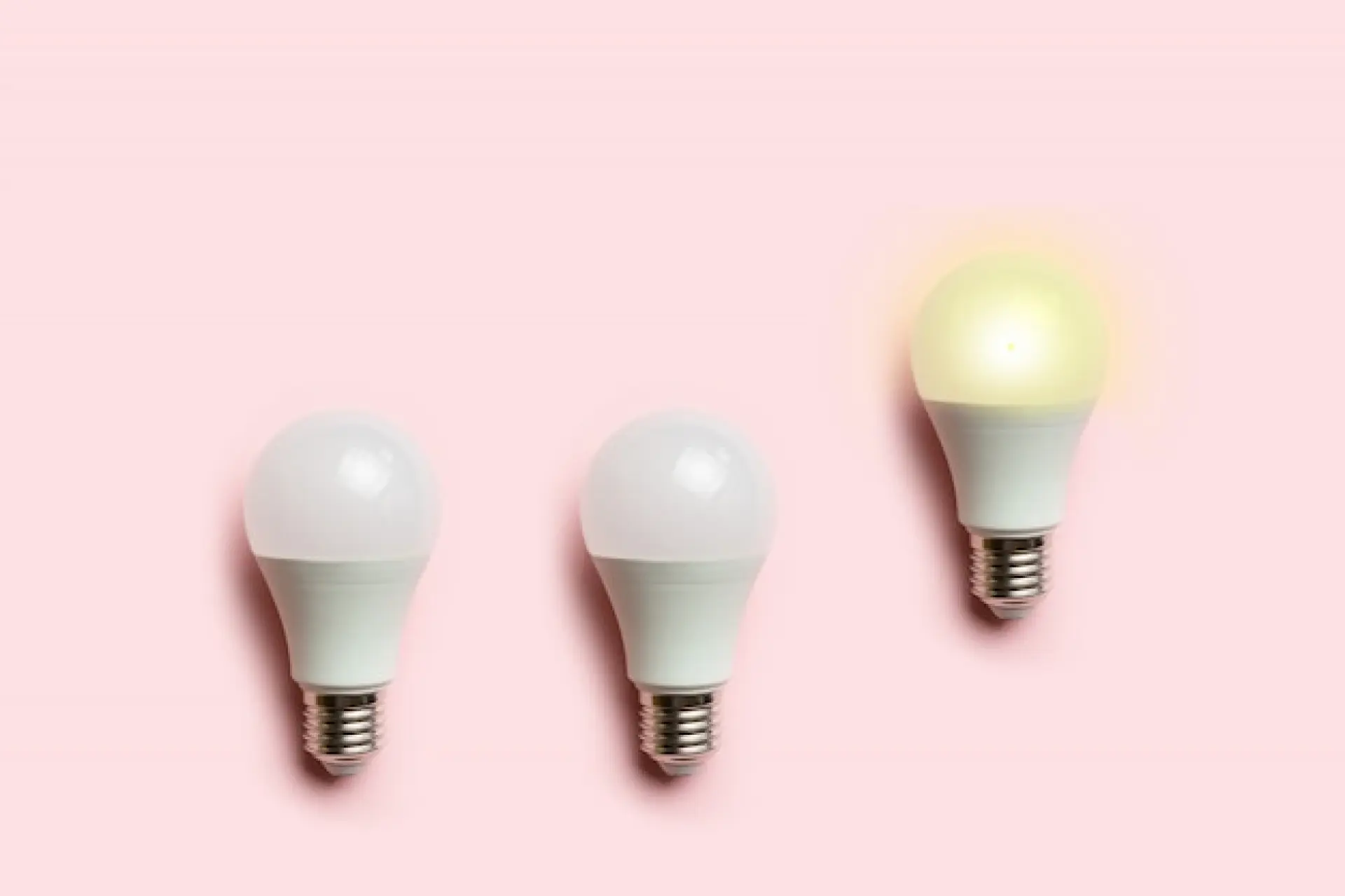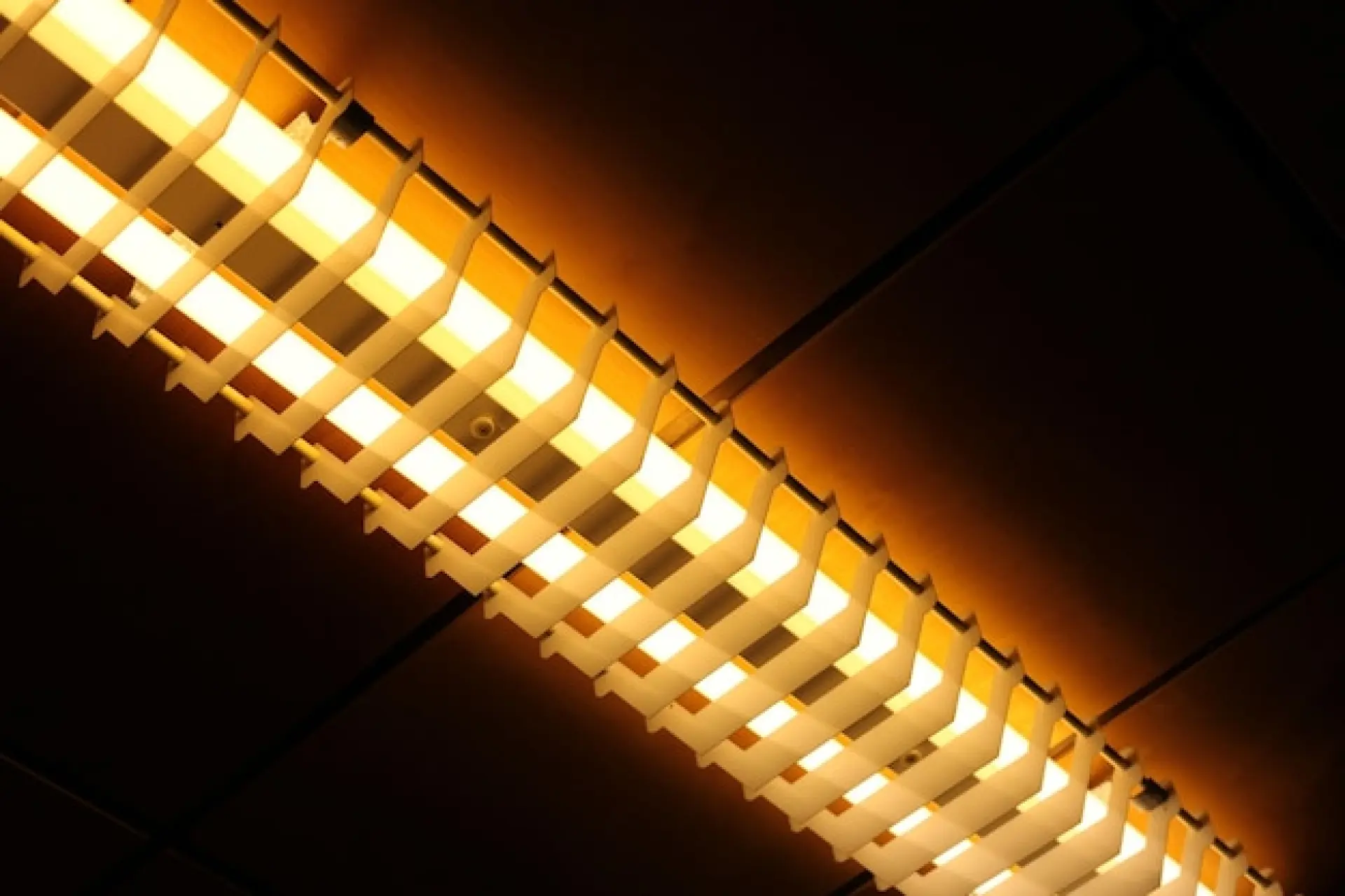Discover 'What is The Lifespan of LED Bulbs?' Our detailed article examines key influences, compares LED lifespan to other bulbs, and explains why LEDs are a wise investment.
How Long Do LED Bulbs Last?
LED bulbs are known for their long lifespan, significantly outlasting traditional incandescent and halogen bulbs. On average, an LED bulb can last between 15,000 and 50,000 hours, depending on the quality and usage.
This means that, under normal conditions, an LED bulb used for about three hours a day could last over 10 years. Unlike conventional bulbs that fail suddenly, LEDs gradually dim over time, indicating that they are reaching the end of their life.
Their efficiency and durability make them a popular choice for both residential and commercial use, reducing the need for frequent replacements and lowering overall maintenance costs.
Factors That Affect the Lifespan of LED Bulbs
Several factors influence how long an LED bulb will last. One key factor is heat management—LEDs generate less heat than other bulbs, but poor ventilation or enclosed fixtures can cause them to degrade faster.
The quality of the components used in manufacturing also plays a crucial role, as cheaper LEDs may fail sooner. Voltage fluctuations and power surges can shorten lifespan, so using a stable power source is essential. Additionally, excessive switching on and off may contribute to faster wear, though LEDs handle this better than traditional bulbs.

Another factor that affects lifespan is the operating environment. LEDs used in extreme temperatures, either too hot or too cold, may degrade at a faster rate than those kept within recommended temperature ranges.
Moisture and humidity can also impact performance, particularly in outdoor or bathroom installations where exposure to water is more likely.
The efficiency of the driver electronics within the LED bulb also plays a crucial role; a high-quality driver ensures consistent performance and protects the LEDs from power fluctuations. Regular maintenance, such as keeping bulbs dust-free and using compatible dimmers, can help maximise the lifespan of LED bulbs.
How LED Bulbs Maintain Brightness Over Time
Unlike incandescent bulbs, which burn out suddenly, LED bulbs experience a gradual reduction in brightness known as lumen depreciation. High-quality LEDs maintain around 70% of their original brightness even after thousands of hours of use. This is known as the L70 rating, a measure of when the bulb’s output drops to 70% of its initial brightness.
The slow and steady decline means that LED bulbs remain functional for years, offering consistent lighting performance. Factors such as heat, power fluctuations, and inferior components can accelerate lumen depreciation, but proper usage and high-quality materials help maintain brightness for longer.
Comparing LED Lifespan to Other Bulb Types
LED bulbs significantly outlast incandescent, halogen, and CFL bulbs. Incandescent bulbs typically last around 1,000 hours, requiring frequent replacements. Halogen bulbs offer slightly better longevity, averaging 2,000 to 4,000 hours. Compact fluorescent lamps (CFLs) last between 8,000 and 15,000 hours but contain mercury, requiring careful disposal.
In contrast, LED bulbs can last up to 50,000 hours, making them the longest-lasting option. The extended lifespan of LEDs reduces the frequency of replacements, saving money and reducing waste, which makes them a more sustainable and cost-effective lighting choice over time.

Another advantage of LED bulbs is their efficiency. Incandescent and halogen bulbs waste a significant amount of energy as heat, making them inefficient in comparison. CFLs, while more efficient than incandescent bulbs, contain hazardous materials like mercury, which require special disposal methods.
LED bulbs use up to 80% less energy than traditional options and convert most of it into light rather than heat. This efficiency not only makes LEDs more environmentally friendly but also reduces the strain on electrical systems.
Furthermore, since LED bulbs are available in various colour temperatures and brightness levels, they provide better flexibility for different applications while maintaining their superior lifespan.
Are LED Bulbs Worth the Investment?
LED bulbs have a higher upfront cost compared to traditional bulbs, but their long lifespan and energy efficiency make them a worthwhile investment. They consume significantly less electricity, lowering energy bills, and require fewer replacements, reducing long-term costs. Additionally, LEDs generate less heat, making them safer and reducing cooling costs in warmer environments.
With advancements in technology, LED bulbs now offer a variety of colour temperatures and brightness levels, making them suitable for various applications. While the initial cost may be higher, the long-term savings and environmental benefits make LED bulbs a smart and sustainable choice for any lighting need.
Looking for reliable domestic electrician services in Surrey for LED lighting installation? Redwood Electrical Services is a team comprised of experienced and qualified electricians in the Woking, Guildford, and Cobham areas.
Our team delivers friendly and professional electrical services, whether you're dealing with small issues like changing lights or larger projects like full house rewiring.






